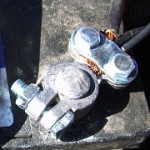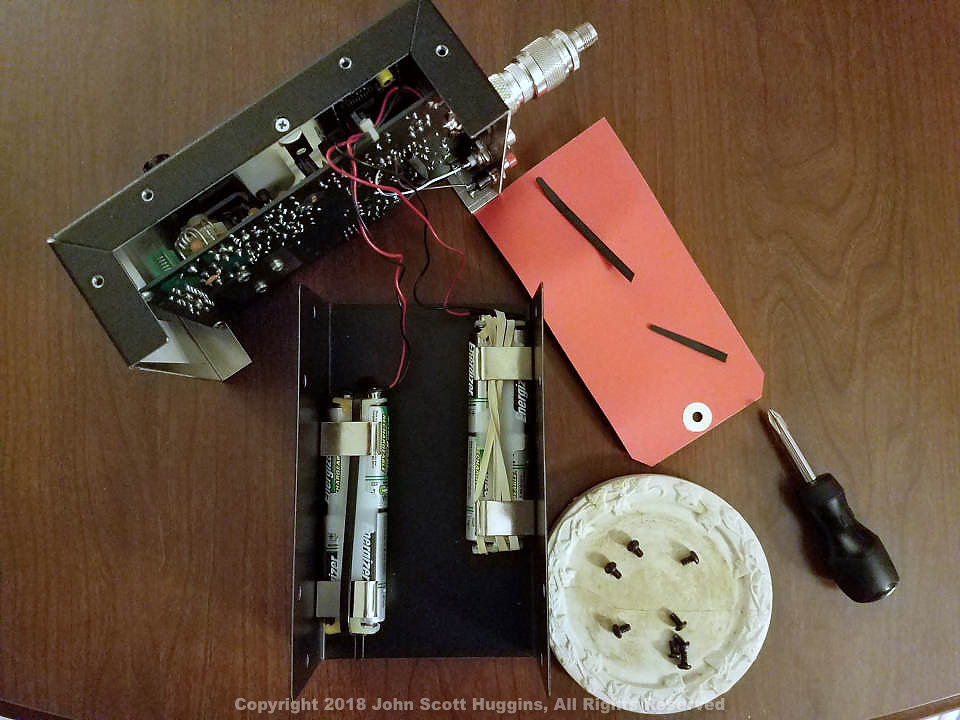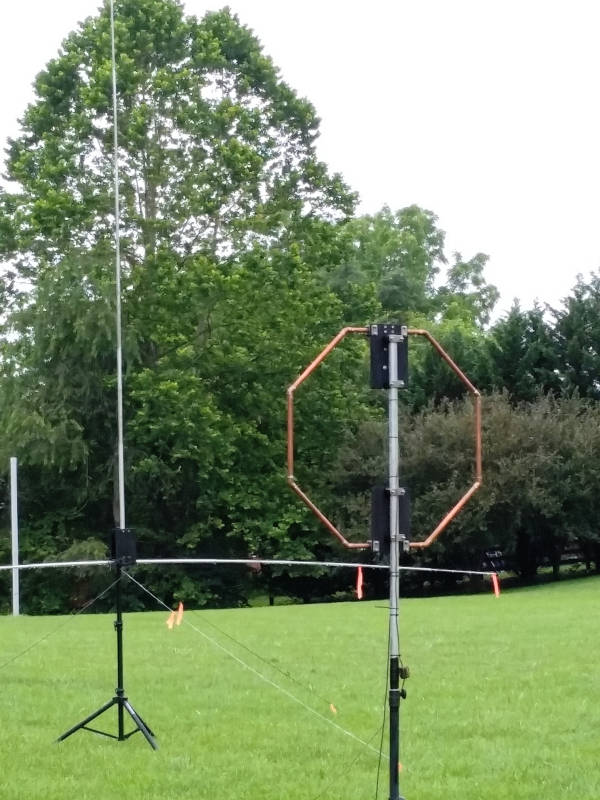Working at an airplane company as an EE certainly puts energy density of electrical storage components at the top of the list of important things.
Of course the buzz word of the decade when talking about batteries is Lithium, Lithium, Lithium.
Sure enough batteries based on Lithium chemistry yield energy densities exceeding 100 Wh/kg and quite often much higher. That’s great. However, let’s compare it with a typical gel cell type lead acid battery.
My example battery is a Yuasa NP7-12. Complete specs include:
- Make: Yuasa
- Model: NP7-12
- Voltage: 12V
- Amp-Hours: 7 AH
- Calculated Watt Hours: 84 Whrs
I weighed the battery and it came to about 6 pounds or 2.7 kilo-grams.
Thus, the energy density is about…
This is less than one third the capacity of most Lithium battery types.
On the other hand, it is not that radiacally different and the good old Gel Cell is a battery type very well understood by a great many folks.
Weight matters in my application because I have to carry this power source up a few thousand feet of steep trails to reach the White Rock Cliff Station 6 of the Appalachian Trail Golden Packet (ATGP) attempt.
A 7 AH battery is probably good enough for the Kenwood D710 in this particular project, but I am not yet convinced this is true. Calculations for the energy needed for the ATGP is for a future post. Stay tuned.
If I can trade battery weight for water supply I think I will be much happier.
John


